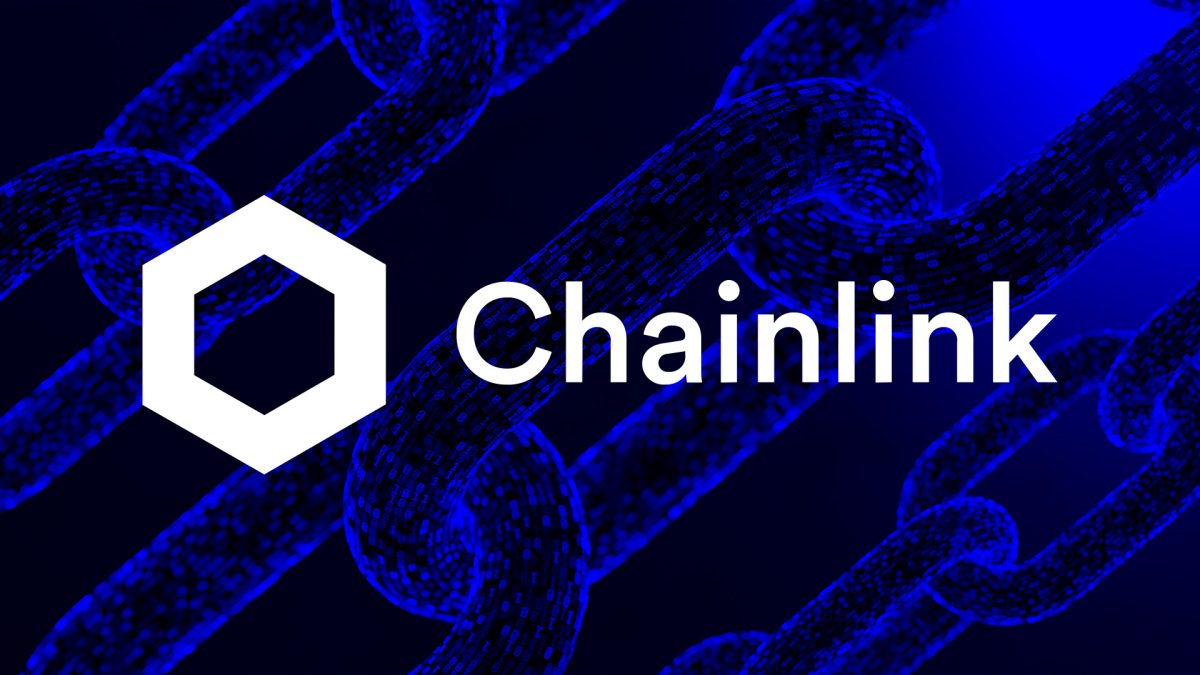Chainlink completed a study with leading European financial companies and scalable chains. The leading oracle company believes corporate processes can be streamlined with oracles, on-chain communication, and LLM.
Chainlink, the leading oracle service for crypto and market data, presented the results of a study in partnership with leading European financial companies. Chainlink explored the topic of asset services using oracles, AI, and on-chain transactions.
Following the news of the study, the LINK native token traded at around $11.80, near its mid-range for 2024. LINK peaked above $21 in March but broke down before fulfilling predictions for a rally to $30. LINK is a staple among crypto assets, but has mostly behaved as a utility token, trading sideways for months.
The study was done in collaboration with major asset managers and selected blockchain projects, to ensure a golden standard of data transfers. The study included payment providers Euroclear and Swift, as well as banking and investment institutions UBS, Franklin Templeton, Wellington Management, CACEIS, Vontobel, and Sygnum Bank. Previously, ChainLink has completed similar exploratory studies with leading US-based financial institutions.
Chainlink also collaborated with the blockchain ecosystems of Hyperledger, ZKSync, and Avalanche to test data at scale.
Chainlink discovers streamlined corporate process
Chainlink noted the traditional corporate process was highly involved, spreading unstructured data through long-form documents, reports, or PR texts. At the receiving end, all institutions had to connect to custodians, brokers, fund managers, exchanges, and investors.
The data, where available, becomes fragmented between the varied points of interest. The requirement to post human-readable data, in multiple formats and states, slows down the process and leads to duplications or errors.
Investors often face great complexity and expenses when distributing data. Custodian businesses set aside $3-5M each annually, and up to 75% of firms have to extract and distribute data manually. Data also caused expensive data errors, costing businesses as much as $43M per year.
Chainlink tested the usage of data oracles paired with LLM to sift through the unstructured data. The oracle company was able to convert the data points into a predefined standard, aligned with the requirements of the Securities Market Practice Group (SMPG). Chainlink was also able to achieve near-instant data sharing and a unified, golden standard record for managers, custodians, and all participants in the corporate process. Chainlink also studied the removal and cross-checking of hallucinations from some types of language models.
Based on its oracle experience, Chainlink has worked out solutions of a unified golden-standard record for on-chain projects. Chainlink already serves the entire blockchain sector but has looked beyond real-world asset tokenization and fetching timely data for smart contracts.
In its test approach, Chainlink transformed corporate reports into machine-readable texts, allowing LLM to extract specific business process events, such as dividend payments. The data extracted exists in several versions, carried by nodes. Chainlink tested the data extraction and verification with three cross-checking LLM. For now, Chainlink has not solved the issue of liability when using LLM to parse human-understandable data.
The nodes then achieve consensus on the event and publish it on-chain. Chainlink’s approach means any corporate event can be codified in a way to is usable within smart contracts.
Once acquired and verified, the data can be used within any public or private blockchain, to trigger events or transactions. The end goal of Chainlink would be to create a novel data extraction process, verify the data through several versions, and then distribute the information almost instantly.
The approach could track several types of business entities, including large companies in the FTSE 100 index, leading Euro area corporations, as well as other fixed-income assets or equities.
Chainlink already secured more than $25B in projects, with most tied to purely on-chain and crypto activities. However, Chainlink aims to bring true asset tokenization, fetching reliable data on pricing and business events, and then publishing it across multiple chains as needed.
Chainlink’s Cross-Chain Interoperability Protocol (CCIP) also achieves peak activity. The CCIP data helps transfer mostly stablecoins like USDC, but also LINK, wrapped ETH, and several other smaller tokens. Requests to Chainlink’s CCIP have accelerated since May, coming from Ethereum and BNB, but also from some of the leading L2 protocols.





